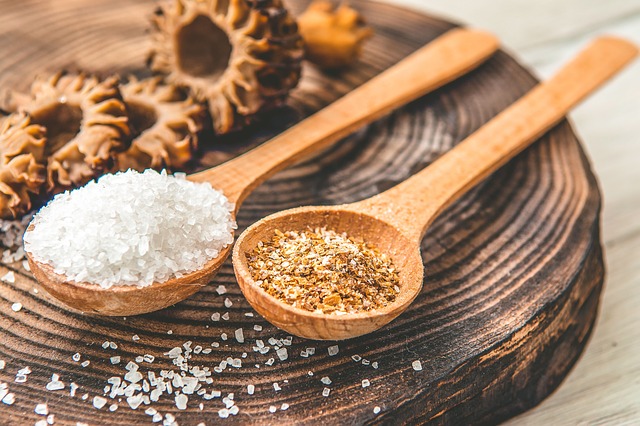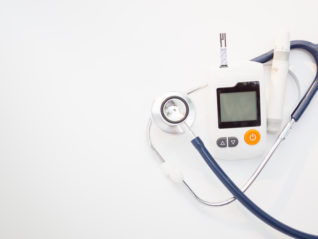
Hypertension (HTN) affects more than a third (32.6%) of Americans and is a major risk factor for heart disease and mortality.1 Unfortunately, the exact mechanisms as to development and maintenance of this condition are yet to be understood. It has been suggested that HTN is associated with a fundamental defect in the ability for the kidneys to excrete sodium.2
Salt sensitivity of blood pressure (BP) is a measurable, physiological, trait where an increase in dietary sodium intake leads to an increase in BP and occurs in normotensive as well as hypertensive individuals. It has been estimated that about 51% of the hypertensive, and 26% of normotensive adults have this trait – which presents an enormous public health challenge. Salt sensitivity is especially common in African Americans, older adults, and in people with comorbidities such as chronic kidney disease, diabetes mellitus, or the metabolic syndrome. Altogether, these groups constitute more than half of the adult population in the US.3
The recent spotlight on the gut microbiome has shown that it plays a key role in obesity, type 2 diabetes (T2D) and atherosclerosis from both a management as well as potentially from preventive perspectives. Now findings from preliminary animal research done by Wilck et al in Germany, indicates that the microbiome may have a role in salt sensitive hypertension as well.4
As the researchers note, a diet high in dietary salt actually depletes many of the Lactobacillus species present in the gut, and increase autoimmunity by raising levels of T helper 17 (TH17) cells—all of which lead to increased blood pressure. To assess this, the German researchers fed mice a high salt diet (HSD) for three weeks and analyzed the composition of the animals’ gut microbiota by sequencing DNA from fecal samples. There were no major changes in composition; however, a machine-learning algorithm identified a DNA sequence that became less abundant in mice during HSD and more abundant when mice were returned to a normal diet. The sequence matched that of the bacterium Lactobacillus murinus, a bacterial species is not seen in humans. As expected, HSD caused hypertension in mice, but oral administration of L. murinus blunted this effect.
To assess whether a similar observation could be seen in humans, Wilcke et al gave 12 healthy people 6 g of supplemental sodium chloride per day for 14 days. The subjects’ mean blood pressure increased over time, as did the numbers of TH17 cells in their blood. In four of the five individuals who had Lactobacillus species in their guts before treatment, five species became undetectable after two weeks. Ten of the people gained extra Lactobacillus species during treatment, but overall Lactobacillus abundance declined. This early research asks the questions, should HTN be another health condition that is promoted through the microbiome and might we someday potentially manage salt sensitive hypertension with probiotics?
- Elijovich F, Weinberger MH, Anderson CAM, et al. Hypertension. 2016;68):e7-e46.
- Hall JE, Granger JP, do Carmo JM, et al. Compr Physiol. 2012;2:2393-2442.
- Kanbay M, Chen Y, Solak Y, et al. Curr Opin Nephrol Hypertens. 2011;20:37-43.
- Wilcke N, Matus MG, Kearney SM et al. Nature. 2017;551(7682):585-589.




